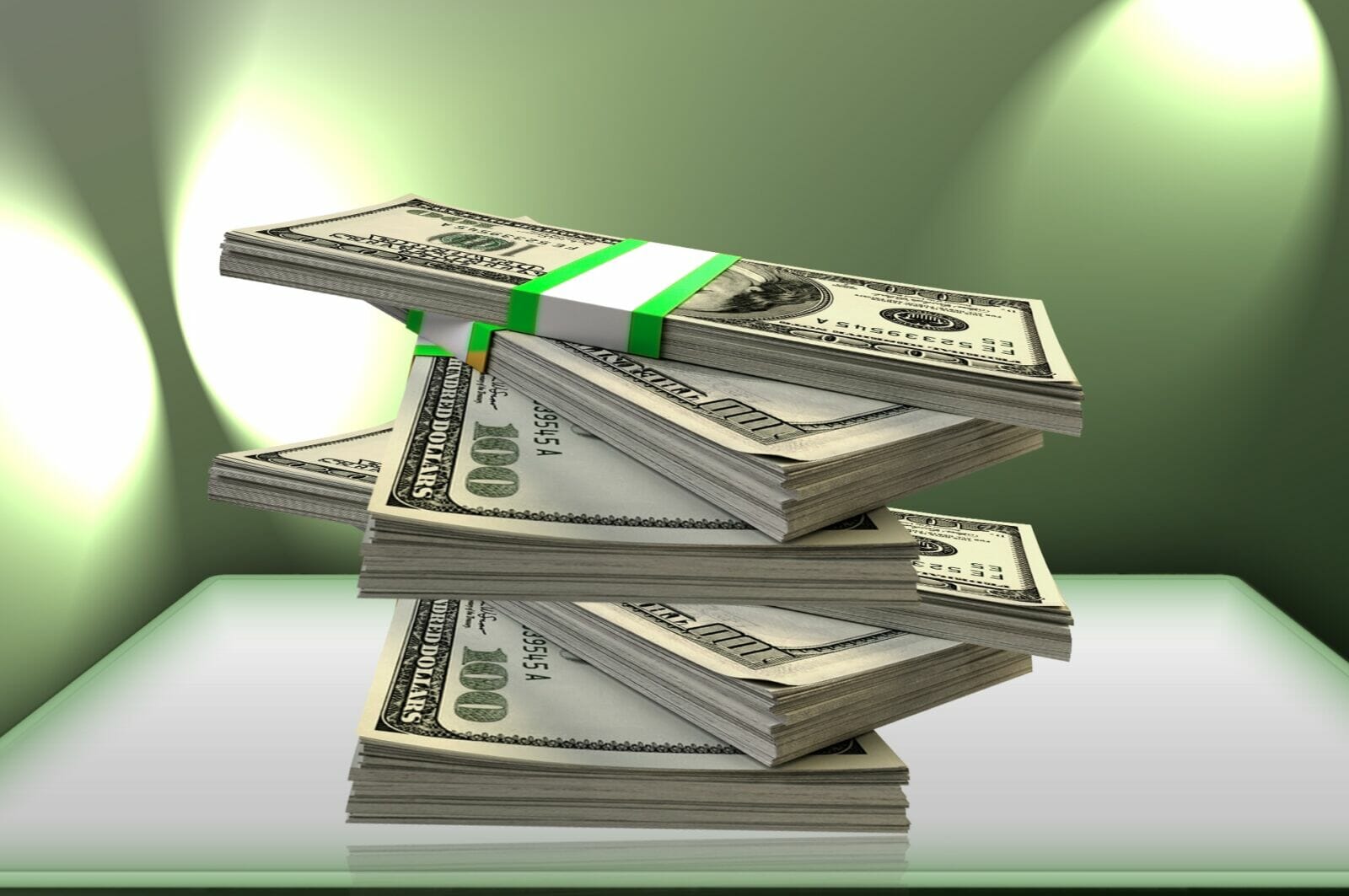For the average person, it’s easy to see the financial world as this mysterious, nigh-mystical realm where things happen for no reason. After all, despite the fact that the U.S. inflation rate reached its highest rate in decades at 9.1 percent, the causes remain vague to most people.
Yet, changes in the financial world do happen for reasons, and governments often attempt to change those things with monetary policy. Of course, monetary policy often remains as opaque as everything else in the financial world.
If you’ve ever wondered about the tools of monetary policy, though, keep reading for a quick breakdown of the top four tools and how they work.
1. Reserve Requirement
The reserve requirement is essentially the amount of money a central bank demands that all other banks in a nation have on hand overnight. It’s not a fixed amount but a percentage of the bank’s liabilities. In the U.S., it’s 10 percent.
Lowering the reserve amount frees up money for lending, while higher reserve requirements tighten up the lending market. A central bank can adjust this amount to encourage or discourage bank lending.
2. Open Market Operation
Open market operation is when central banks buy securities from other banks or sell securities to them. It’s a way for central banks to increase or decrease the reserves other banks hold. Again, it can encourage or discourage lending.
One facet of open market operation is quantitative easing. In essence, a central bank purchases long-term securities, such as bonds, to help reduce interest rates.
For a more in-depth look at quantitative easing, check out quantitative easing & tightening explained.
3. Discount Rate
The discount rate refers to the interest rate the central bank will charge other banks to lend them money. In general, private banks avoid discount rate borrowing because other banks read it as a sign of serious trouble.
Still, the central bank can lower the rate to encourage borrowing and get more cash into the system. That, in turn, can lower overall interest rates for consumers and boost lending.
4. Interest Rate on Excess Reserves
A recent addition to the tools of monetary policy is the interest rate on excess reserves. Let’s say that a bank keeps more than the required 10 percent in reserve. The central bank pays interest on anything above the mandatory 10 percent.
By lowering the interest rate, the central bank encourages banks to lend it. If the central bank wants to slow lending, it can raise the rate and encourage banks to maintain excess reserves.
Tools of Monetary Policy and You
The tools of monetary policy may seem distant and abstract, but they can impact your life in a lot of ways. For example, central banks use these tools to try to control inflation. Keeping inflation stable helps keep the prices of consumer goods relatively stable.
Those tools also influence how easy it is for someone to borrow money for things like mortgages and auto loans. The tools also influence the interest rates you pay for those loans.
Looking for more money insights? Check out the posts in our Business section.




